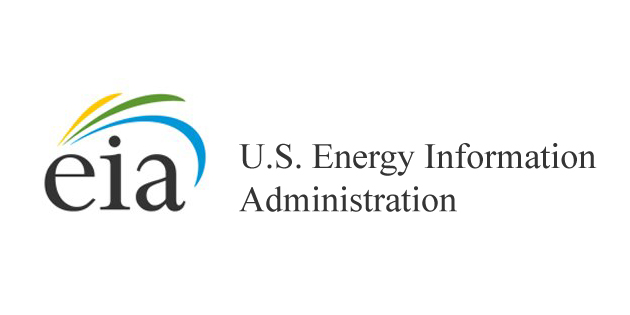Part 2 of 2 Parts (Please read Part 1 first)
Despite the success of U.S. Navy nuclear reactors, many people still remember meltdowns at Three Mile Island, Chernobyl and Fukushima. These nuclear disasters have resulted in the stigmatization of nuclear power as a dangerous and unnecessary risk.
The Omdia report argues that the recent developments around SMRs have resolved many of the design and safety challenges association with older reactor designs. The report stated that “SMRs are considerably smaller than the large power plant reactors most of us are familiar with. Thus, SMRs pose far less risk due to their scale, simple design, and inherent safety characteristics of the reactor. The biggest challenge is going to be convincing people in industry and the people where these things are going to be deployed, that it is safe, and viable, and environmentally friendly.”
While it may turn out that SMRs will have a better track record than large, pressurized water reactors, there is still the major problem of nuclear waste. Although nuclear energy may be cleaner than coal or natural gas, it is not renewable. Nuclear power reactors produce heat generated by the controlled fission of elements such as uranium, plutonium, or thorium. The byproducts of the nuclear reactions produce radioactive waste that can take thousands of years to decay to safe levels.
The good news is that, depending on how the SMRs are built, they may not need to be refueled very often. According to Omdia, the reactors being used in nuclear submarines only require refueling about every ten years and newer designs could extend that to thirty or even forty years.
The bad news is that research suggests that SMRs are not nearly as clean as the big nuclear power reactors currently in use. A study published last summer found that SMRs can produce up to thirty-five times more waste when compared to the large reactors currently in use.
Before SMRs can gain mainstream adoption among data center operators, they must be economically viable. SMRs may be powerful enough to run a data center. However, unless they can do so cheaper than using renewables and fossil fuels, it is going to be a tough sell.
Commercial SMRs are still in their infancy. It is hard to estimate how much they might cost to operationalize. SMR startups such as NuScale claim that their reactors will have a levelized cost estimate (LCOE) of between forty dollars per megawatt hour and sixty-five dollars per megawatt hour, when they reach commercial availability during the late 2020s.
LCOE refers to the estimated revenue required to build, fuel, and operate a generator over its lifetime. On the optimistic side, this would put NuScale’s reactors close to the LCOE of natural gas and onshore wind power of about thirty-seven dollars per megawatt hour. Solar does better at about thirty-three dollars per megawatt hour.
With respect to SMR vendors, this comparison is only going to improve with time. Over the next two decades, The Energy Information Administration (EIA) expects the LCOE for wind and natural gas to steadily increase while solar power is expected to hold steady.
Nuclear power does have on major advantage over solar or wind. Renewable energy is not available in every market. Where it is, its efficiency depends heavily on nature’s cooperation. If the sun is not shining or the wind is not blowing, no power is being generate.
SMRs have faced major regulatory hurdles in the past. However, while the U.S. has been slower that other nations, the Nuclear Regulatory Commission recently cleared the way for SMRs inside the U.S.
Despite this progress, it will be some time before commercial SMRS are on the market. The Omdia report said, “The most optimistic deployment of an SMR here in the United States is by 2030. The notion of it being used on a datacenter campus, that’s going to be – and I’m only speculating here –between 10 and 15 years away.”
The U.S. is not the only country actively exploring SMR tech. According to the Omdia report, there are already several SMRs under construction or being licensed in Argentina, Canada, France and South Korea. However, just like the U.S., many of these reactors are still more than a decade away from deployment.
Nuclear Reactors 1116 – Can Small Modular Reactors Or Microreactors Be Used To Power Data Centers – Part 2 of 2 Parts

Written by
in
